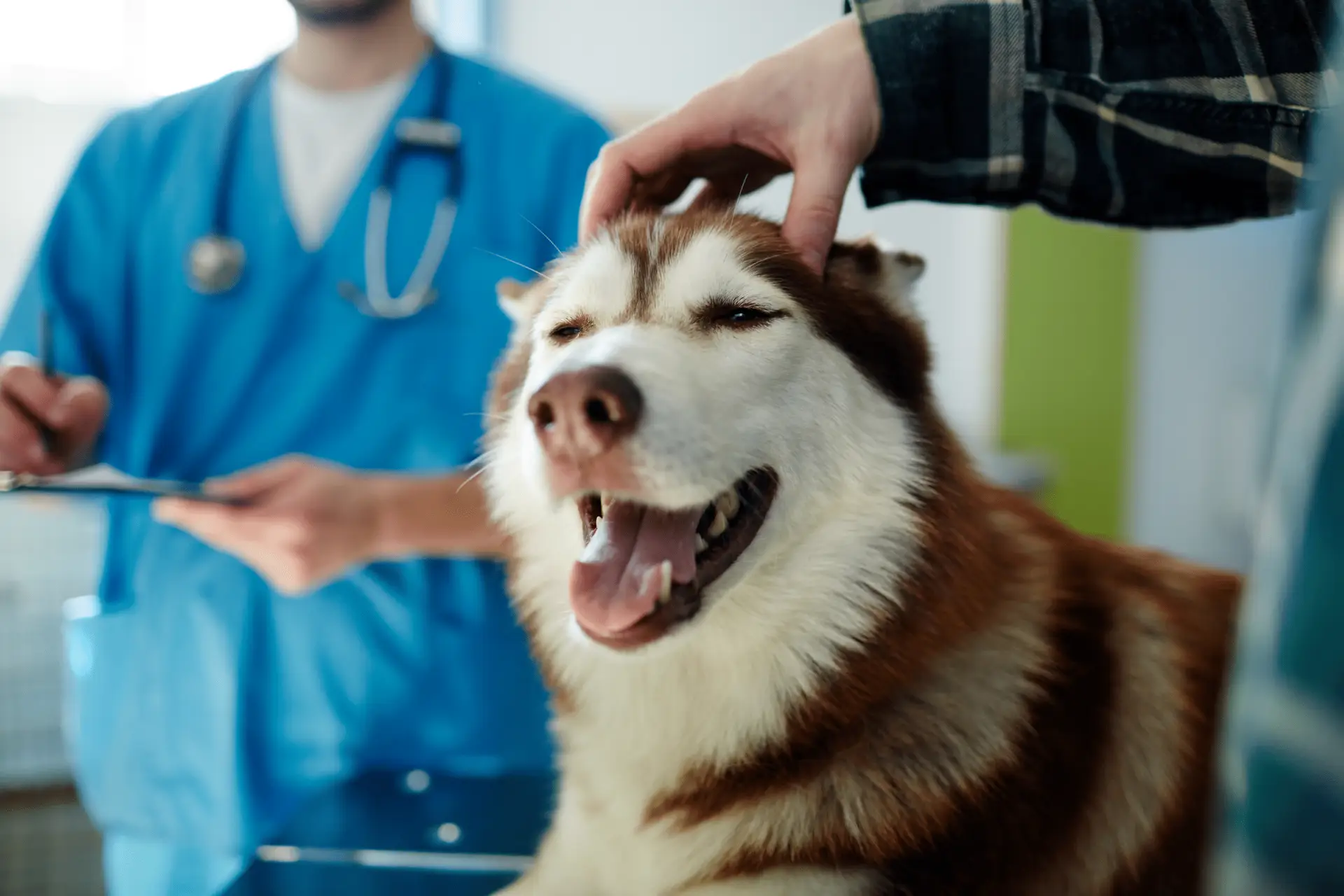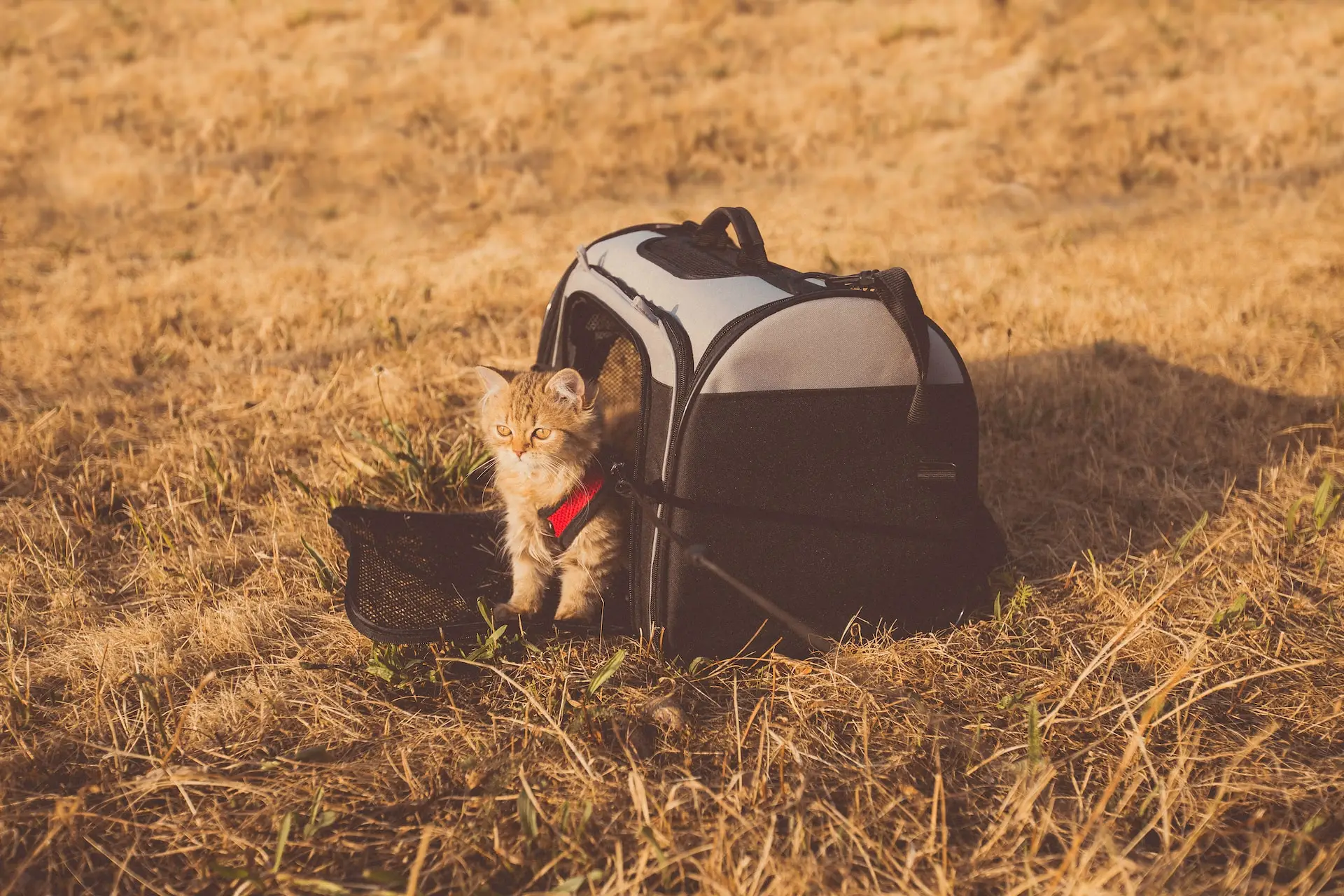Does your pooch or kitty seem anxious, on edge, or just unhappy? Are their eating habits changing or have you noticed aggression? Do they seem not to feel well? These are all common signs of stress in pets.
There are several types of stress or anxiety that pets can experience. Separation anxiety is very common and can be downright debilitating. There are also issues with social anxiety and noise anxiety among many animals. Just like humans, they can also experience PTSD after a traumatic event like a car accident or emergency.
The good news is that – just as with humans – anxiety is very treatable in animals. If you notice any of the following signs in your furry friend, you may want to see a vet or make changes to the pet’s home and environment.
1. Excessive drooling, panting or sweating
Pets who are placed in a stressful environment will feel a rise in body temperature. In particular, a stressed-out pooch will produce more saliva than normal and may even pant continuously for seemingly no reason.
2. Tucked tail
Dogs with tucked tails are sending major signals of stress, anxiety or other emotions ranging from fear to aggression. This is especially concerning when combined with other signs of stress on this list.
3. Excessive shedding
Stressed-out animals will shed more fur than usual. This is often coupled with shaking.
4. Gastrointestinal upset
If your pet is sick to their stomach, stress may be the underlying problem. Nausea, vomiting, diarrhea or constipation can all be signs of pet stress. See a vet if you are concerned or if vomiting or loose stools persist. Blood in vomit or stool is also an indication that the pet needs medical attention.
5. Destructive behavior
An anxious pet will often look for an outlet to alleviate their negative emotions. This is not unlike people. However, their outlets are often household items or toys, shoes, etc. Be sure to keep in mind that pets may also lick or bite themselves if they are stressed out.

6. Avoidance behaviors
If the pet experiences a “fight or flight” response, he or she will likely decide “flight” and become avoidant. Avoidance behaviors might include:
- hiding behind furniture or other household objects
- turning away from their owners or avoiding eye contact with them
- isolating themselves from the rest of the household (both humans and pets)
7. Aggression
While some pets may react to stressful situations by hiding, others will display aggressive behaviors. This can be either direct or indirect aggression.
8. Urinary accidents
Inappropriate urination can be a sign of stress but it may also be secondary to more severe medical issues, such as a urinary tract infection, kidney disease, or diabetes. If it persists, see a doctor.
9. Ear positioning
If you have a dog, check his or her ears. Pooches often use their ears to express their feelings. When canines pin back their ears tightly against their head, they are almost always uneasy.
10. Yawning
A dog placed in a stressful situation will often yawn instinctively and a few yawns in succession are often a sign of anxiety that they are attempting to displace. Yawning may progress to vocalization (whining, barking, etc.)
11. Stress Affects the Immune System
Stress can negatively affect the immune system. You often see this at boarding facilities where stressed pets pass around illnesses. If your furry friend seems to get sick often, it may be due to anxiety.
12. Appetite Problems
Short-term stress can cause a lack of appetite. In instances of longer term stress, eating can become an outlet. Felines are especially susceptible to stress-eating.
What to do
New people, new toys, new places, fireworks, thunder claps, cars backfiring, sonic booms, and explosions, moving of her or his bed/sleeping area, changing pet bedding and much more can all cause stress in a pet. The most important thing is that you are aware of what may trigger anxiety and are ready and willing to help your pet should they become over-stressed.
There are several ways to help alleviate your pet’s emotional load. Regular exercise, a healthful diet and consistent routines will all help to keep your pet feeling safe and secure. Most pet anxiety in pets can be diffused if they feel that you have things under control and are looking out for them. In this way, they are not all that different from children. If it is not addressed promptly, stress can lead to major health issues down the line, especially in older dogs and certain breeds. Above all, if you feel concerned that your furbaby is stressed and you are not sure how to help, talk to a vet.





